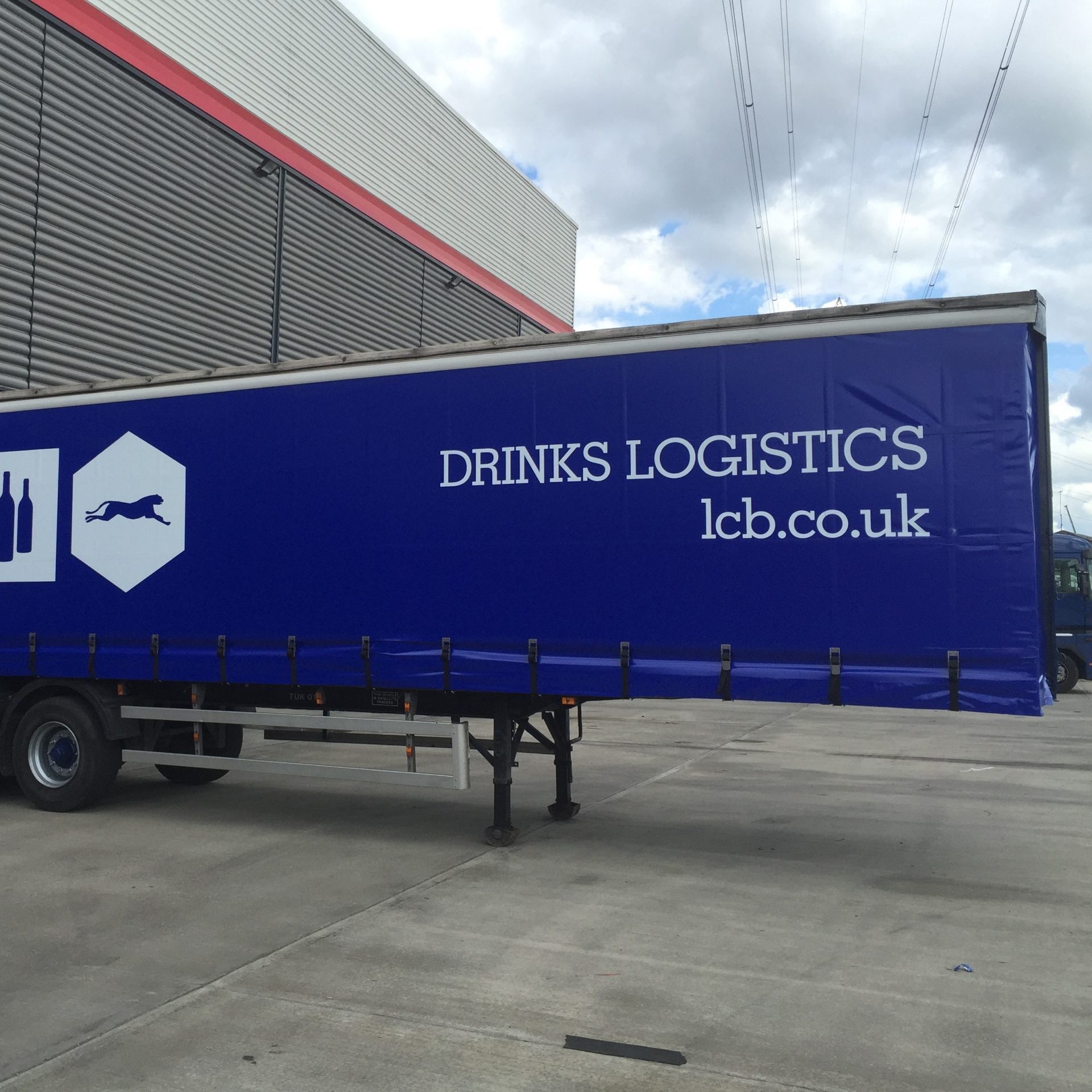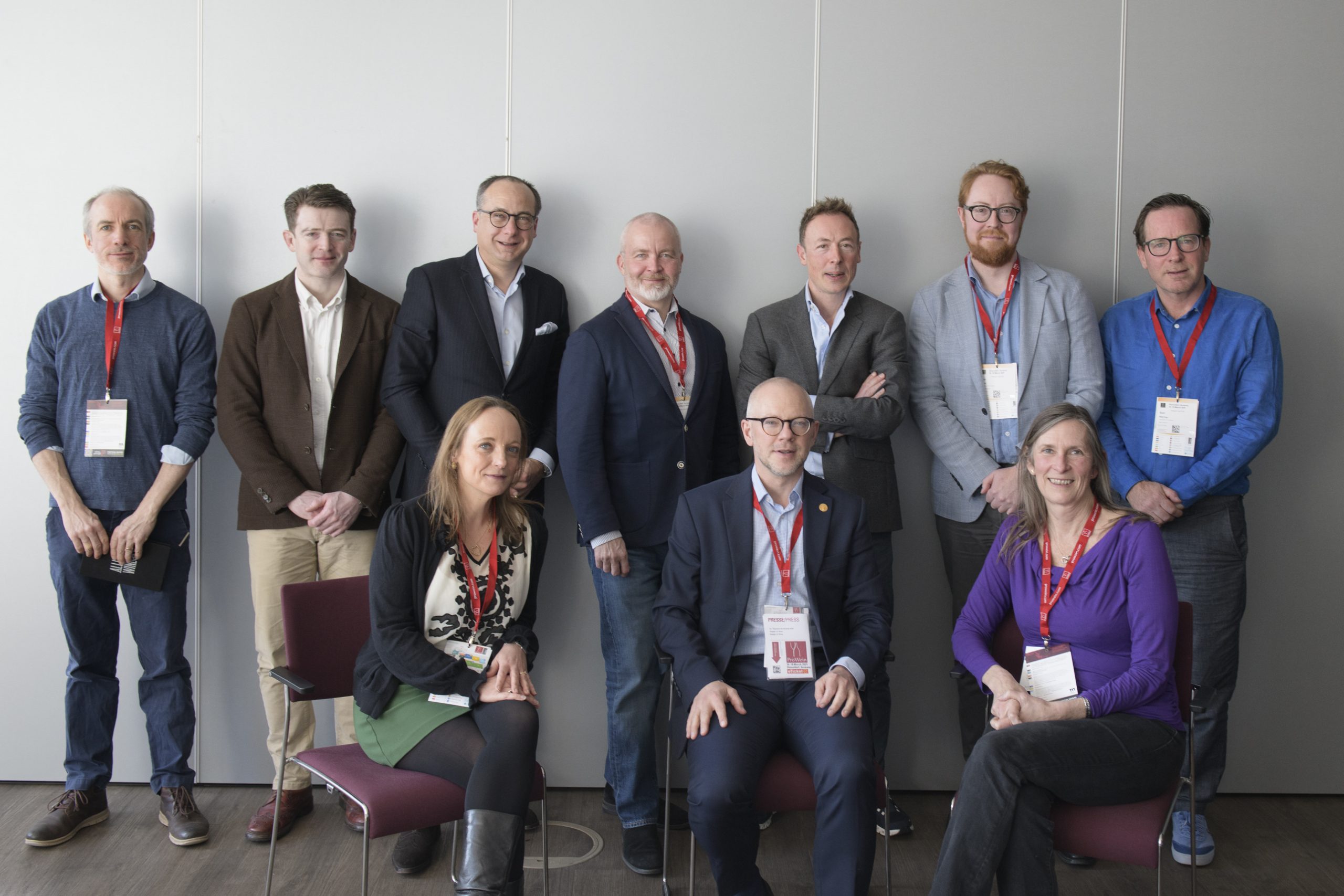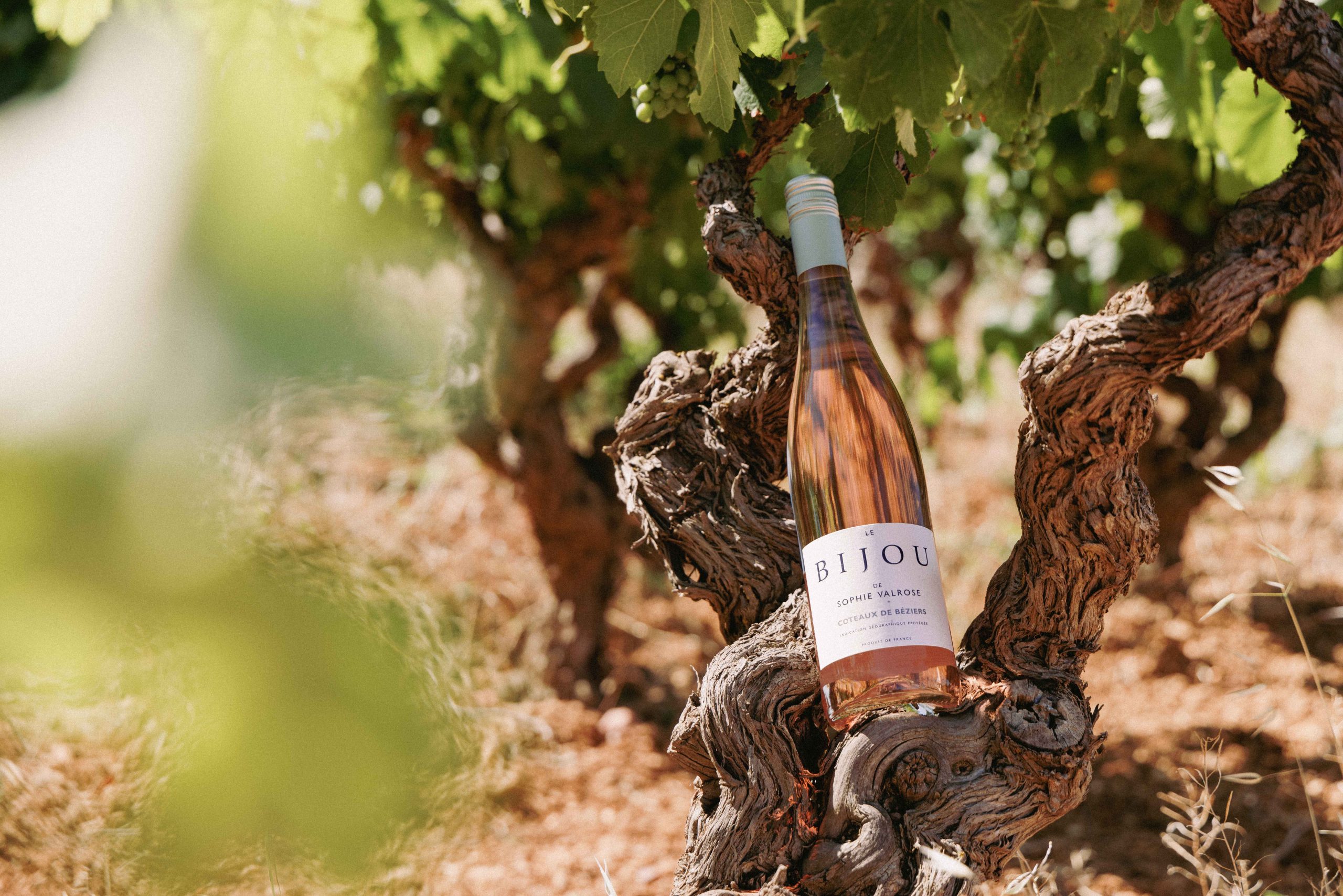Angels and demons
By Philip StaveleyIt is very interesting to see from the performance figures over the last three months that Angélus across a variety of vintages occupied fully seven out of the top 30 slots.
That is a very high figure for a single producer. In fact, if you look at the chart below, you can see that it has been a pretty pleasurable ride for investors in Angélus going back over most recent time frames.
It is true that Angélus should have, and did, benefit from its upgrade to Grand Cru Classé A status back in 2012, but the performance figures have been very creditably sustained ever since that one-off shot-in-the-arm to its prices.
At Amphora Portfolio Management one of the things we are constantly on the lookout for is anomalous pricing, so we thought we would take a closer look at Angélus and its close competitor, Pavie, to see if there are investment opportunities being thrown up by this current flurry of activity.
From the above “active list” on a simple ‘price per Parker point’ (PPP) comparison it is clear that there is a certain consistency of price. Most of these wines are off vintages, and they sit around the mid £20 per point mark. The exceptions are the 2011 at under £20, and the 2001 at £31. The latter is particularly intriguing, given that it scores only 93 points, yet costs more than the 99+ from 2009, one of the best vintages ever made. Unfortunately you can’t short sell fine wine, or else that would be a perfect candidate.
If you look at the other on vintage Angélus wines from 2000 to 2010 the same consistency is revealed, with the customary premium accorded the 2000 which costs £3,600 for its 99 points, or £37 PPP, although as with the 2009, the 2010 (99+) is also cheaper than the egregiously over-valued 2001.
When Angélus shot to fame with its 2012 upgrade, it did so in the company of Pavie, its St Emilion neighbour. Curiously, in comparison with Angélus, the Pavie performance has been singularly muted over recent time horizons.
Bar the 2008 and the 2011 there isn’t a great deal to write home about in terms of price performance, and we wonder why this should be?
Although they produce markedly different styles of wine, Pavie and Angélus share the same Appellation and were both upgraded in 2012. They have both invested heavily over the last 20 years (and to a great extent that investment bore fruit with the upgrade), and can both boast state of the art facilities which augur well for future years. Both produce around 8,000 cases per annum, less than typical first growths, but more than other Grand Cru classé A performers.
They do not, however, score equally with Mr Robert Parker Jr. Pavie has scored three maximums this century (2000, 2009 and 2010), while Angélus finally got off the mark when the tasting luminary conducted his retrospective of 2005 last year. That said, your average wine snob would tend to prefer Angélus, although there is absolutely nothing in its history or pedigree to justify that preference.
Possibly it’s a reaction against Parker, because his Pavie scores are noticeably higher than his Angélus over the last 20 years. Parker is unequivocal in his belief in Pavie: “Pavie is widely acclaimed as one of Bordeaux’s greatest terroirs, of largely limestone and clay soils. Brilliantly situated with a sunny, southern exposure and exceptional drainage, Pavie potentially rivals nearby Ausone, the oldest and possibly the most famous estate in Bordeaux.”
All this would dispute the premium which the market, usually in thrall to Robert Parker, accords Angélus. Most off-vintage Pavies trade around the high teens (PPP), in other words a 20% or so discount to lower-scoring Angélus’ off-vintages. The above-mentioned weird 2001 effect is evidenced with Pavie too, but in a much diluted way. The 96 point Pavie 2001 costs a short £2,300, and you pay a 30% premium for the 93 point Angelus from that year.
At Amphora we are of the view that over time the “Angélus premium” over Pavie will erode. There are four Grand Cru classé A producers: Ausone, Cheval Blanc, and now Angélus and Pavie. Given the huge discount the latter trade at against the former two, we would argue that this erosion will happen through Pavie appreciating in price to meet Angélus, rather than the other way around. In general terms then, we would be a buyer of Pavie over Angélus.
Partner Content
Specifically, we would only recommend the 2011 vintage from Angélus, but how does Pavie stack up relative to itself?
Using the rudimentary PPP methodology, bargains exist in 2006, 2007, 2008 and 2011. Of these the highest score is accorded the 2011 at 95+, although the others are perfectly decent performers at 95, 94, and 94+ respectively. The 2011 is cheapest in absolute terms, and has second best price momentum behind 2008. Both cost well under £2,000, and we feel that future drinkers of these wines will look back and marvel that you could have picked them up at these levels.
Same goes for the 2009 and 2010 vintages. When in the 2005 retrospective Parker upgraded Pavie 2005 to 100 he further commented on the 2009: “While the Perses (the owners of Pavie) may think the 2005 is the summit of winemaking at Pavie, this vintage (2009) certainly gives serious competition to both the 2005 and 2000. It is certainly the most opulent and luxuriously rich wine Pavie has ever made (and that is saying something). This is an amazing wine and probably will be drinkable in 5-10 years (although actually it could be drunk now because of the vintage’s voluptuous texture), and again, seems to have 50 or more years of longevity. It is clearly a modern Bordeaux legend.”
With that accolade we aren’t sure how any fine wine portfolio can do without a Pavie 2009.
Beady-eyed readers will notice no mention of the 2012 vintage, the vintage of their famous upgrade in status. Well, 2012 was a moderate year, but both celebrated by creating a one-off bottle to mark the occasion. Lots of black and gold, basically.
The result: a tidy premium. The millennium vintage enjoys a premium too, but 2000 was a magnificent year. Even then it is difficult to propose to an investor, as opposed to a collector, because it is impossible to quantify roughly how much of a premium is merited in both cases.
To conclude, at Amphora we would recommend purchase at current levels of:
Angelus: 2011
Pavie: 2006, 2007, 2008, 2009, 2010, and 2011.
Philip Staveley (pictured) is head of research at Amphora Portfolio Management. After a career in the City running emerging markets businesses for such investment banks as Merrill Lynch and Deutsche Bank he now heads up the fine wine investment research proposition at APM. www.apmwineinvestment.co.uk





Interesting article, although 2001 Angelus is rated 97 points by Parker, and not 93, which partially invalidates the logic behind the reasoning.